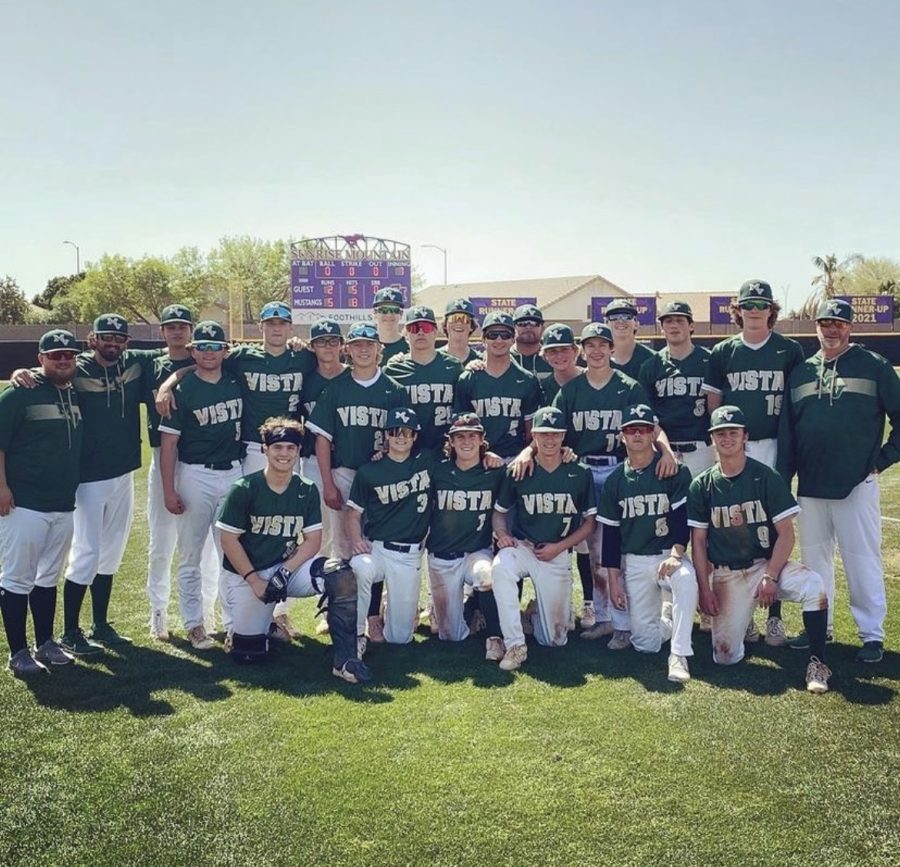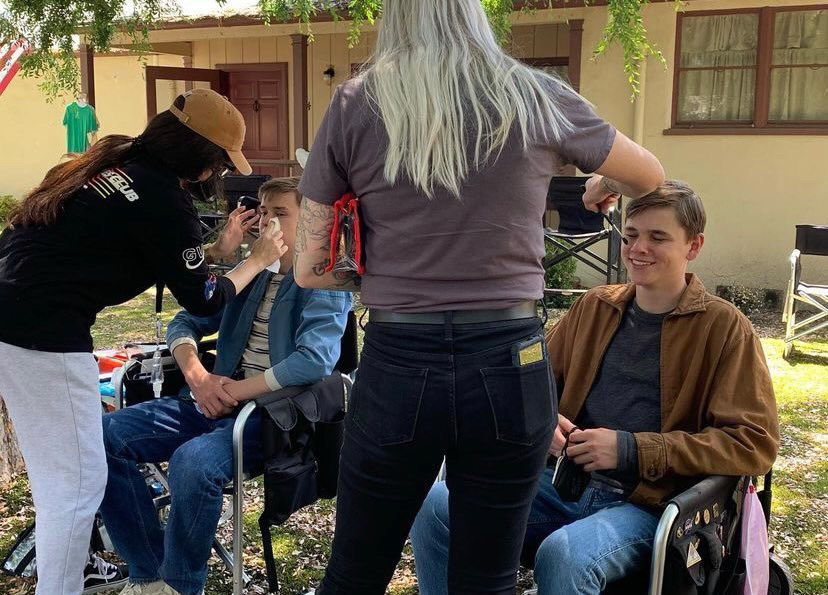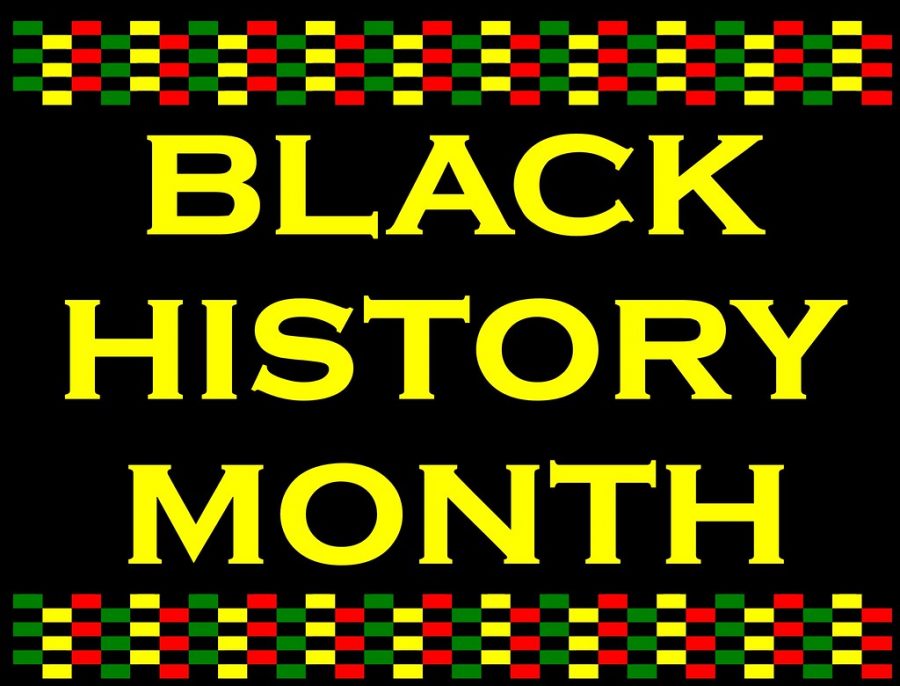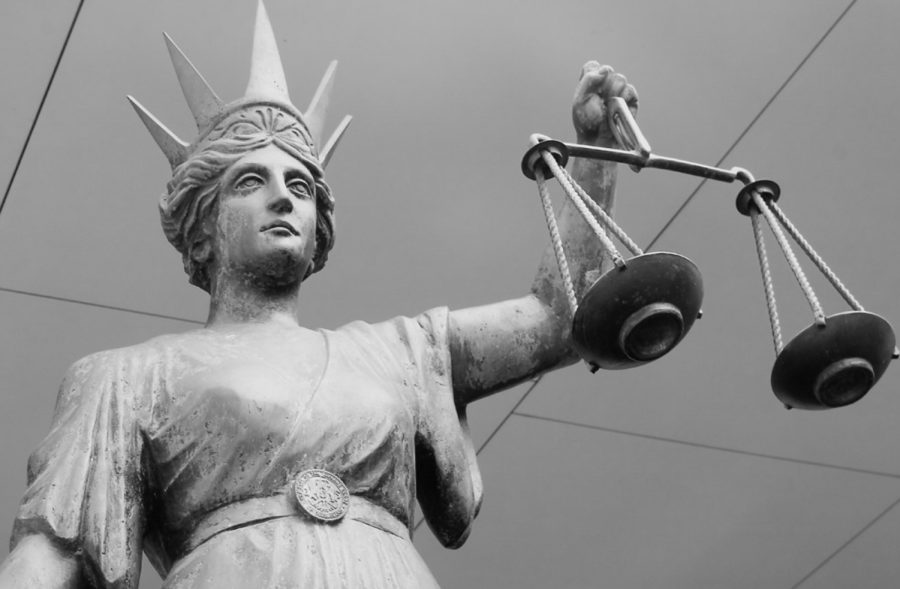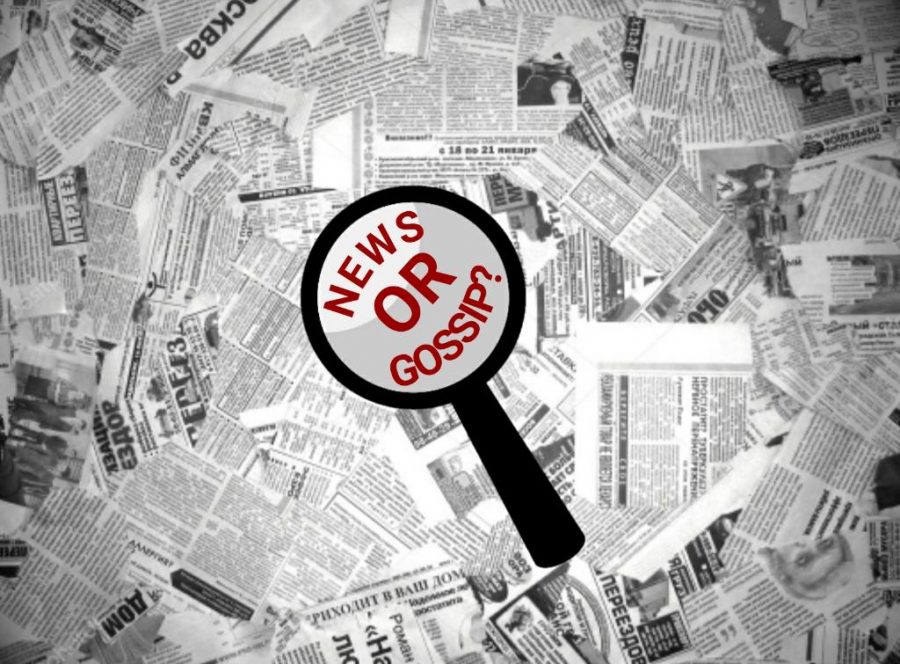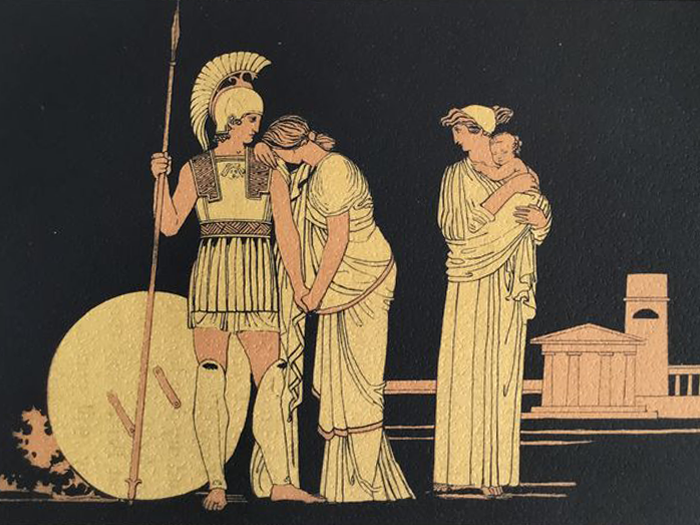WARNING: This post contains spoilers
Review
Not many high school students are interested in seeing a movie about a print newspaper largely due to the fact that not many high school students read newspapers anyway and would also assume that the amount of excitement in that subject area is lacking. The same students would likely be surprised to find that Steven Spielberg’s “The Post” is a movie that defies their expectations, balancing a dramatic battle for First Amendment rights with relevance and meaning that is clearly applicable to the modern world.
The plot of the movie follows the Washington Post, set in 1971, led by publisher Kay Graham (Meryl Streep) and executive editor Ben Bradlee (Tom Hanks) as it risks going public as a company. Coupled with the initial public offering is the release of classified government secrets regarding the negative progress of the Vietnam War by the Washington Post’s competitor: The New York Times. The release sparks a race between the two papers to be the next biggest source of information about what came to be known as the Pentagon Papers.
Eventually, Washington Post reporter Ben Bagdikian (Bob Odenkirk) discovers the source of the papers, Daniel Ellsberg (Matthew Rhys), who was a former member of the Rand Corporation global policy think tank. Bagdikian collects the documents and sets out to publish his findings with the Washington Post, which leads to a debate between Graham, Bradlee, and the company’s advisers over publishing the work. Ultimately, Bradlee and Graham prevail in their pro-publishing argument, thus leading to the release of the information by the Post and a supreme court case that defended the freedom of the press in the United States.
It is the passion with which all of the characters of “The Post” are portrayed, along with the significance of their role in “the first draft of history” that makes it such a powerful film.
At only one point during the movie does Tom Hanks, in his role as Ben Bradlee, loosen his conviction to share the Pentagon Papers as the editor of the Washington Post, and he does it out of compassion for Graham and the fact that she could lose everything with her status as publisher. Otherwise, Hanks makes the faith of his character in the reporting of the truth clear with his heated defense of the right to publish an unwavering leadership of the paper. Each confrontation with the Post’s board members on the screen seems to be dominated by Bradlee’s argument and his determination to publish prevails.
Meryl Streep, who initially plays the part of Graham in a timid and inexperienced manner, demonstrates the full capability of her female character in a male-dominated world when she stands up to opposed adviser Arthur Parsons (Bradley Whitford) and asserts her decision to publish. As the first woman to occupy her executive position, she demonstrates with this powerful passion to serve the public that the world of journalism was not a place for men, but for any person with a passion to accurately inform the public and hold power accountable.
Opinion
Acting and plot line set aside, the aspect of “The Post,” which should strike viewers the most, is how precisely it reflects the current climate of the United States. The presidential election of Donald Trump marked the beginning of an era where the legitimacy of a news organization is judged not by the accuracy of its reporting but rather by the convenience of which it suits the people in power. Trump has sparked a trend in which politicians are able to simply label anything that describes them unfavorably as “fake news” and use the term to attempt to discredit any information placing them in the negative spotlight. President Richard Nixon’s attempt to stifle the truth about the progress of the Vietnam War in the film is eerily similar to the most recent tactic and seems to mark a second trend in which the reputation of the same politicians is more important to them than the well-being of the people of the United States.
According to Politifact, Trump himself has made over 329 statements since 2015 that are mostly or completely incorrect. It’s ironic that the man who has viciously waged his war against “fake news” throughout the course of his presidency is actually a large distributor of it, but more notably disturbing is that his actions have created an atmosphere in which it is difficult for many citizens to distinguish between false and real news. Unlike the movie’s world of 1971, when the people seemed to universally trust the New York Times’ and Washington Post’s release of the top-secret Pentagon Papers, the president’s simultaneous detection of so-called “fake news” and his propagation of the same news has blurred the line between credible and untrustworthy sources.
To compound the issue, news migrated to a location nonexistent in “The Post” and with no boundaries against lies: the internet. In the 47 years since 1971, social media has risen to form one of the most popular platforms for news, but it is far from the most friendly place for truth. Not only are government officials denying fact, people are joining in autonomously.
A study by the Pew Research Center showed that users of media sites such as Facebook, are “increasingly forming into ‘echo chambers’ of those who think alike. They will keep unfriending those who don’t and passing on rumors and fake news that agrees with their point of view.” The fake news epidemic has been permitted to rise in part because of this type of action that users take on social media. People are now following the President’s lead and utilizing fake news to promote their personal beliefs and bury the truth that may negatively affect them or those who they believe in.
Essentially, the internet has transformed into a source for accurate and ethical news but also a swamp for the spread of fake news and deception. Many social media sites have enlisted the help of organizations, like factcheck.org, that root out fake news and the sources of fake news in order to dampen the expansion of lies. However, it’s not often recognized that preventing the reading of this kind of information comes down to the readers themselves, who both voluntarily and unwillingly spread fake news.
Fake news is extremely easy to pass on without even being aware of doing it, and every piece that we retweet, like, or share only contributes to the pandemonium. We miss questionable content because it’s always designed to be accepted as fact. The authors of fake news manipulate and invent news that is sensational so that readers are caught up in the excitement, rather than the accuracy.
The main idea is this: technology and ignorance, coupled with the country’s leadership, are jeopardizing the freedom of the press and by association, every other First Amendment right. Trump’s hypocritical war on fake news has only one purpose, which is to provide him with an excuse to bar the legitimate press from doing their job.
In February of last year, Trump described reporters as “the enemy of the people.” Yet, the founding fathers of the United States Constitution stated, as Judge Hugo Black explained in the New York Times Co. v. United States Supreme Court case, “The press was to serve the governed, not the governors.” The press serves the people because the people, and only the people, give the president the power to rule. A president who doesn’t allow the press to serve the people is a leader who operates outside of the Constitution and therefore is the only true enemy of the people. The absence of a free press, something both Nixon and Trump attempted and attempt to pursue, is the effective elimination of the First Amendment, for a public which is not educated on the actions of the government is a public that is ruled not in democracy but by tyranny.
It is the responsibility of every single journalist to preserve the rights of the people by placing value in accuracy and ethics above all else. In “The Post,” Daniel Ellsberg and two newspaper companies refused to simply ignore the truth that millions of young lives were being pointlessly squandered in Vietnam. His action, along with that of the New York Times and the Washington Post, granted the public a platform by which to speak out and solidify the role of journalism in democracy. If all journalists continue to strive for absolute truth in reporting and the public can place its faith in legitimate sources of news, society will take the side of the First Amendment in the current “rough draft of history”, so to say, and avoid the catastrophe that can be allowed to happen without it.








